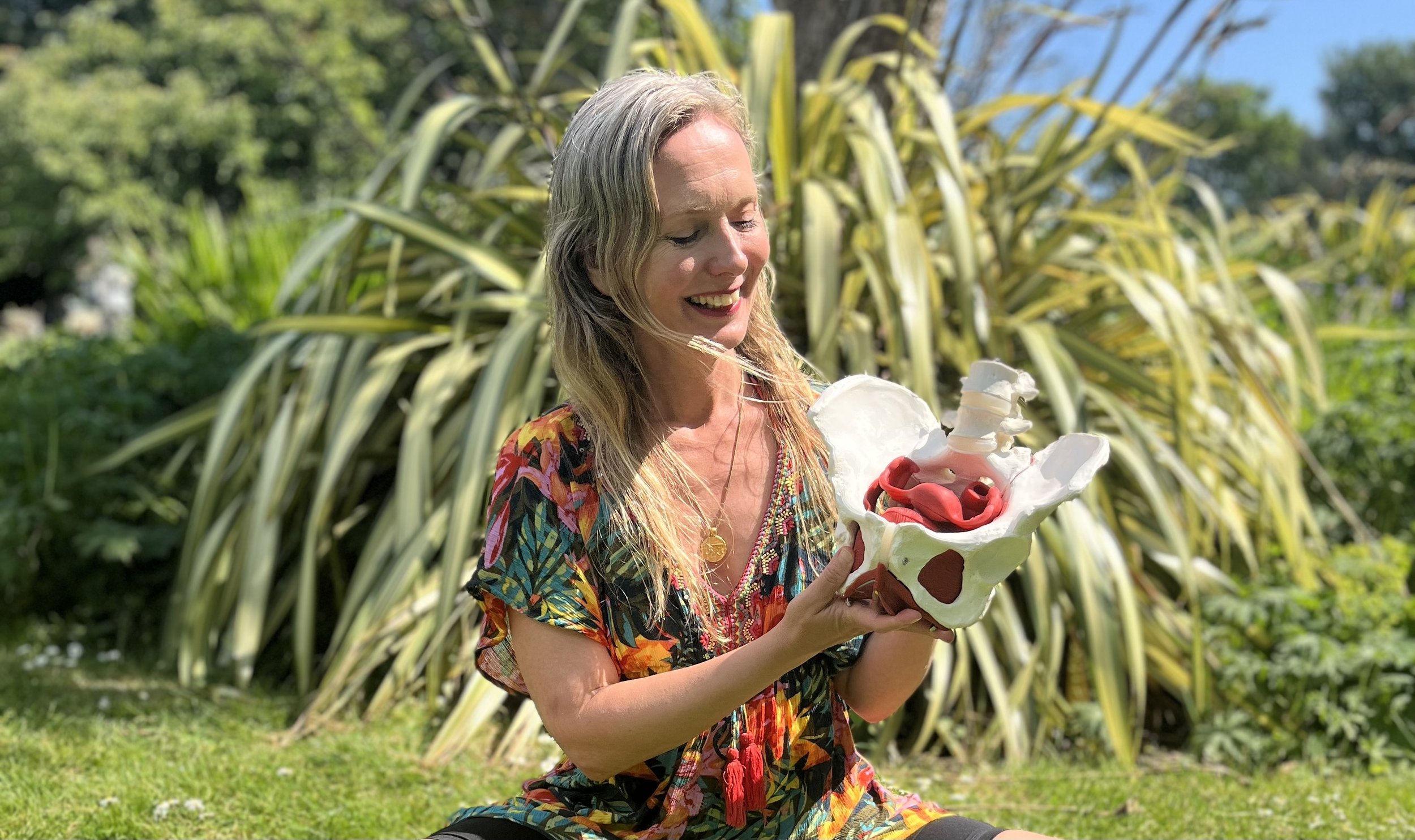How do doshas affect menstruation?
Do you have pain during menstruation? A heavy period? Do you experience irregular menstruation? Are your periods long or short?
In āyurveda, we recognise that the doshas affect the menstrual flow. It’s thought that the qualities of each dosha can manifest as certain characteristics during menstruation.
In this post, we’ll explore how the doshas can affect menstruation.
The three doshas in āyurveda
In āyurvedic philosophy, everything is made out of five elements: Space/ether, air/wind, fire, water and earth. These combine to create the three doshas: Vata ( space and air), Pitta (fire and water) and Kapha (water and earth). We are all a unique combination of these three doshas. We were born with our specific constitution or Prakriti. And we change through our life due to lifestyle, stress, trauma, culture etc and the elements change to become our current state or Vikriti.
However, as things change in our day-to-day life (the seasons, where we live, our diet, stress levels etc) the different doshas can affect us - and our menstrual cycle and our periods. We may have certain tendencies due to our Prakriti or constitution but we are also affected by the external environment.
Here is a brief introduction to how the doshas may affect our menstruation. In my book Teaching Yoga of the menstrual cycle - an āyurvedic Approach and the online immersion Feminine Cycles & Seasons I'll go into more details and education in the menstrual cycle, yoga and āyurveda.
How the doshas affect our periods
Vata ( space and air)
Vata is light, irregular and dry. If there are no periods it could be due to excess vata. Vata’s “home” is the pelvis so if there are Vata issues this is where it may manifest. Pain is also Vata. So pain around the pelvis, sacrum and legs could be due to Vata.
Due to its light and moving nature, Vata can also create anxiety and insomnia with an excess of overwhelming thoughts in our minds.
The period could be light, dry and the blood dark in colour.
Pitta (fire and water)
With fire and determination, Pitta periods can be quite heavy and there may be more of an aroma too.
Fire can also create excess heat in the body so people with a lot of Pitta might feel sweaty or have hot flushes around their periods. Even experience diarrhoea or loose stools.
Fire and heat can manifest in our emotions as irritation, anger and frustration. Pitta is also more dominant during the luteal phase (before our periods) but if there is excess Pitta then pms can be a real struggle of these emotions.
Kapha (water and earth)
Kapha, being the earth and water elements, is heavy and stable. Kapha periods can manifest towards a heavier and long flow. It may feel more sticky or mucoid. There can be a dull ache, bloating, water retention and tiredness.
Emotionally excess kapha may be experienced as lethargy or even depression. A tendency to emotional binge eating may also be a symptom of imbalanced kapha.
What is a normal period?
The normal period has very specific descriptions according to Āyurveda. In my book Teaching Yoga of the menstrual cycle - an āyurvedic Approach I write:
“In the Āyurvedic classics, it says the colour of the blood should be bright red like that of rabbit blood or a red lotus flower. It shouldn’t stain clothes or have a foul smell (although it will have an aroma). It should be clot-free. The amount according to the Āyurvedic classics is four añjali. One añjali is the amount you can have in your cupped hands. An ideal period would last three to five days. These specifications are referenced in both Caraka-saṃhitā Cikitsasthana and the Aṣṭāṅga-hṛdayam Sarirasthana”.
From a Western perspective, your menstrual cycle should be regular. A normal cycle length ranges from 25–30 days with the menstrual phase being between 2-7 days.
We may think that period pain is normal but it isn’t. It is a sign that something is off balance. It may be common but not normal.
In āyurveda, we can consider the symptoms I mentioned above. Some may be tendencies due to our constitution or Prakriti. But many may be due to an imbalance. In āyurveda, we will aim to find balance again. Reducing any excess doshas through lifestyle, diet and mindset. This is why yoga is such an excellent component to our life. Both yoga and āyurveda are ways to live with our own menstrual cycle as well as the seasons and cycles of life.
For more yoga for the menstrual cycle have a look at Feminine Cycles & Seasons online immersion or read my book Teaching yoga for the menstrual cycle - an Āyurvedic approach.


